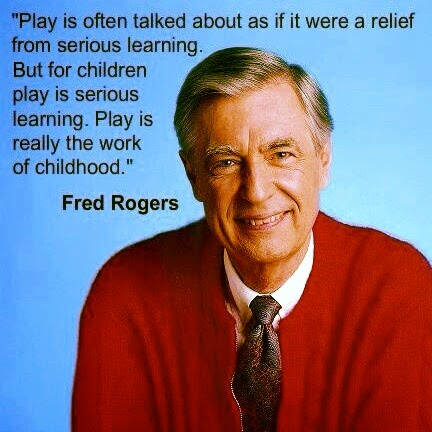
My class and I have been on a journey; an educational journey through Oz. For the past few weeks, we have enjoyed listening to
The Wizard of Oz.
Each day, we read one page of the book and complete an extension activity. I like thematic teaching and this book lends itself well to learning about many things.
Here are some highlights of our learning during our unit of study.
We're Not In Kansas Anymore
As you know, the book begins with Dorothy being transported to the land of Oz via a tornado. We are not familiar with tornadoes so we used this resource
here and
here to provide background knowledge. Afterwards, we wrote about our learning. Here is the finished product.
I'm Melting
We conducted a science experiment to illustrate melting.
(To read why this happens go here.)
This was a perfect experiment to talk about making a hypothesis and how sometimes we are wrong in making our predictions. Great teachable moment.
We're Off to See the Wizard
We created this pictograph to go with the question - Which would you rather have? Brains? Heart? Courage?. I gave each child a half sheet containing each of the pictures and they had to pick one. Each secretly went to a hiding spot in the classroom to make their selection. Afterwards, we shared our choice with each other. Later on, they used their choice to write.
At the conclusion of the unit, we watched the movie version and compared it to the book. All in all, it was a great unit of study.
Happy Teaching!

















 I'm Mrs. Parker; a wife, mother and a lifelong learner. I am blessed to be a kindergarten teacher where I get to laugh, learn and play alongside my students. My blog is a reflection of my journey as a teacher.
I'm Mrs. Parker; a wife, mother and a lifelong learner. I am blessed to be a kindergarten teacher where I get to laugh, learn and play alongside my students. My blog is a reflection of my journey as a teacher.



